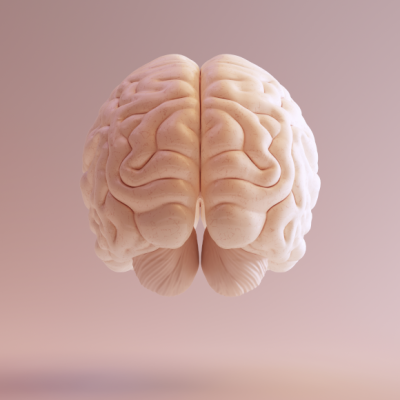A breakthrough study has found that the protein LIMK1 plays a crucial role in determining structural changes in neurons, particularly in the formation of dendritic branches that improve information transfer in neural networks and are essential for learning and memory processes. Researchers at the Università Cattolica del Sacro Cuore (UCSC) have modified the genes of the protein and inserted a “molecular switch” that can be activated by the drug Rapamycin. The team found that activating the protein in animal experiments led to a significant improvement in synaptic plasticity, which in turn improved memory. This breakthrough could lead to new treatments for neurodegenerative diseases such as dementia.
The human memory is influenced by changes in the neuronal connections (synapses), particularly in the hippocampus. Synaptic plasticity involves changes in the structure and function of synapses that occur when neuronal circuits are activated, for example, through sensory experiences. Some proteins are particularly important for memory, and changes in these proteins can trigger cognitive dysfunction. LIMK1 is a key protein in this process, playing an important role in the development of dendritic branches between neurons. The researchers investigated how the activity of LIMK1 could be regulated to promote synaptic plasticity. In animal experiments where there was already age-related cognitive decline, the genetically modified LIMK1 protein was successfully activated by the drug, leading to a significant improvement in synaptic plasticity and memory.
The researchers believe that this approach could not only open up immediate therapeutic possibilities but also help in the development of further advanced proteins. In the future, such innovations could fundamentally change research in the field of neurology, leading to new treatment methods for neurodegenerative diseases such as dementia. The next step will be to test the effectiveness of the newly developed treatment in experimental models of neurodegenerative diseases before clinical studies with humans can be conducted. This process is crucial to translate the new findings from basic research into practical medical applications and potentially open up new ways to treat memory disorders.










